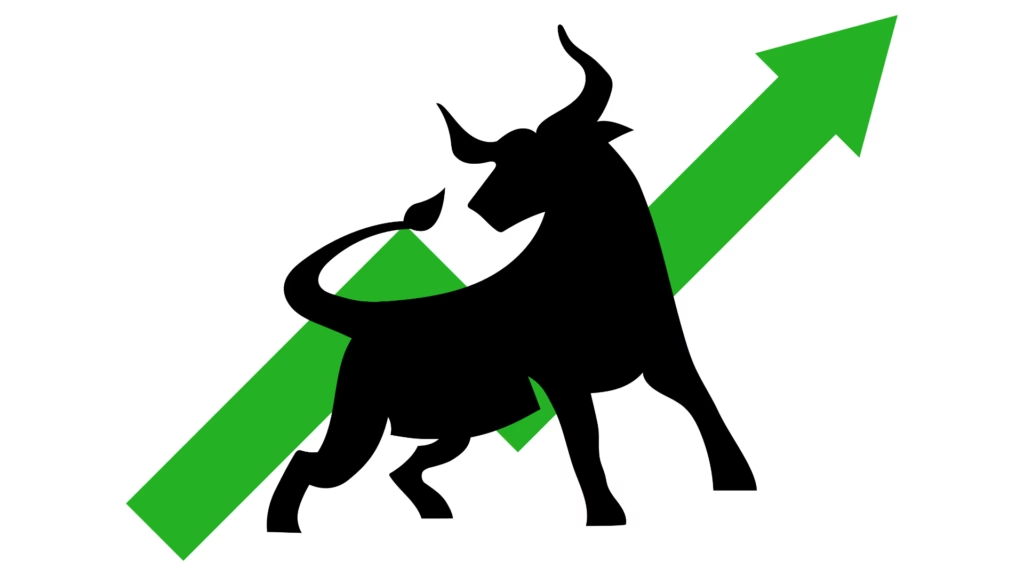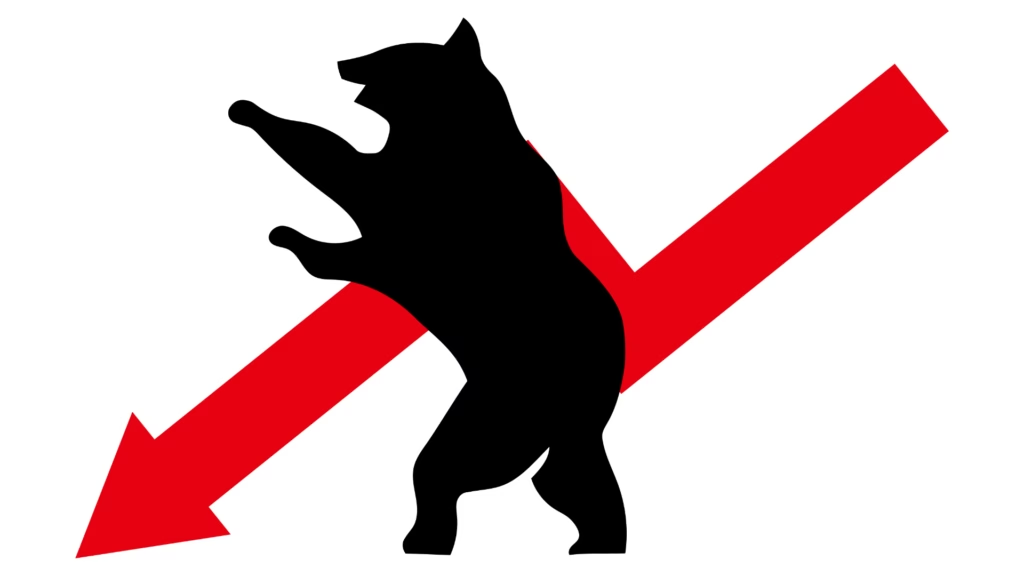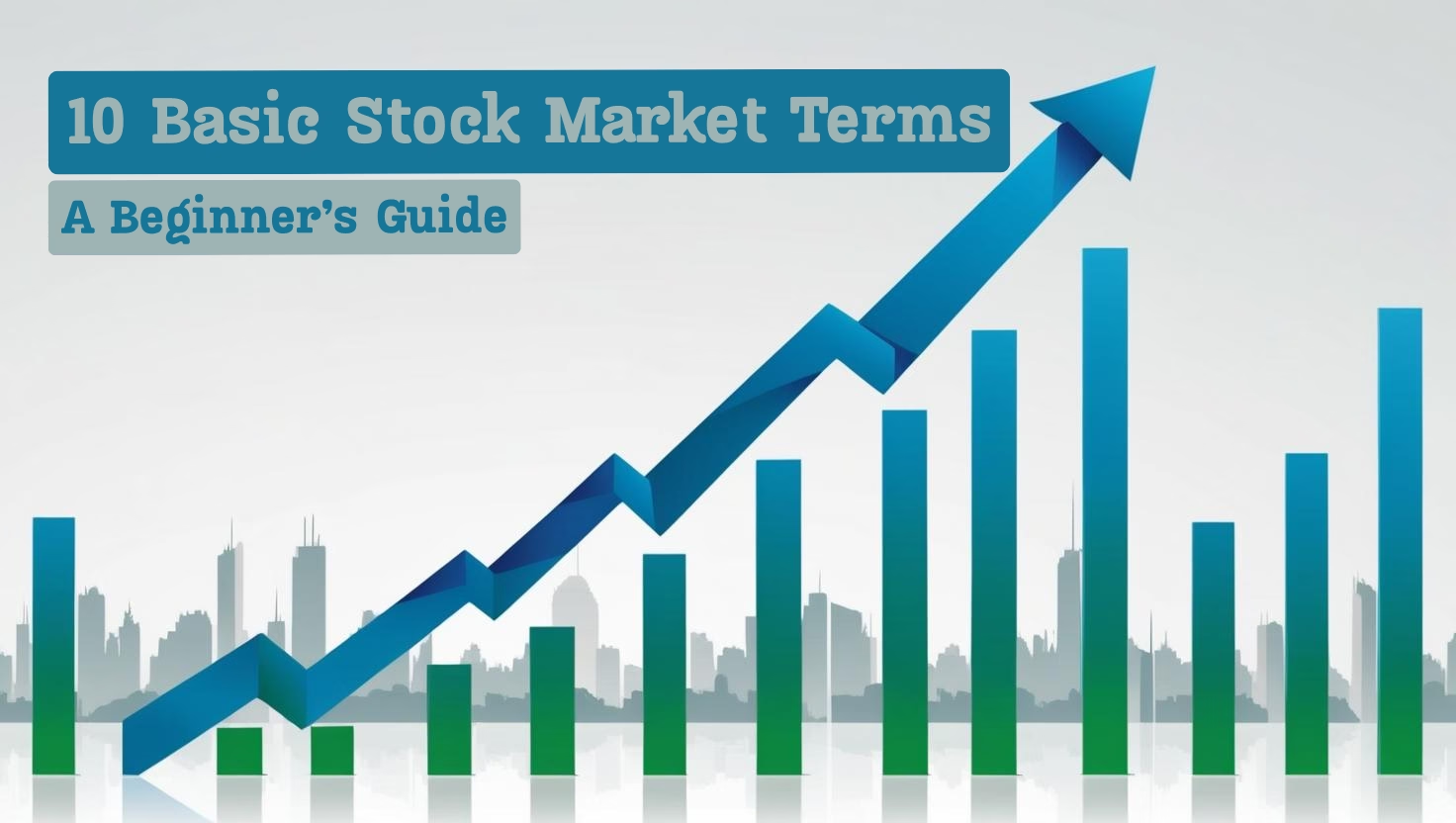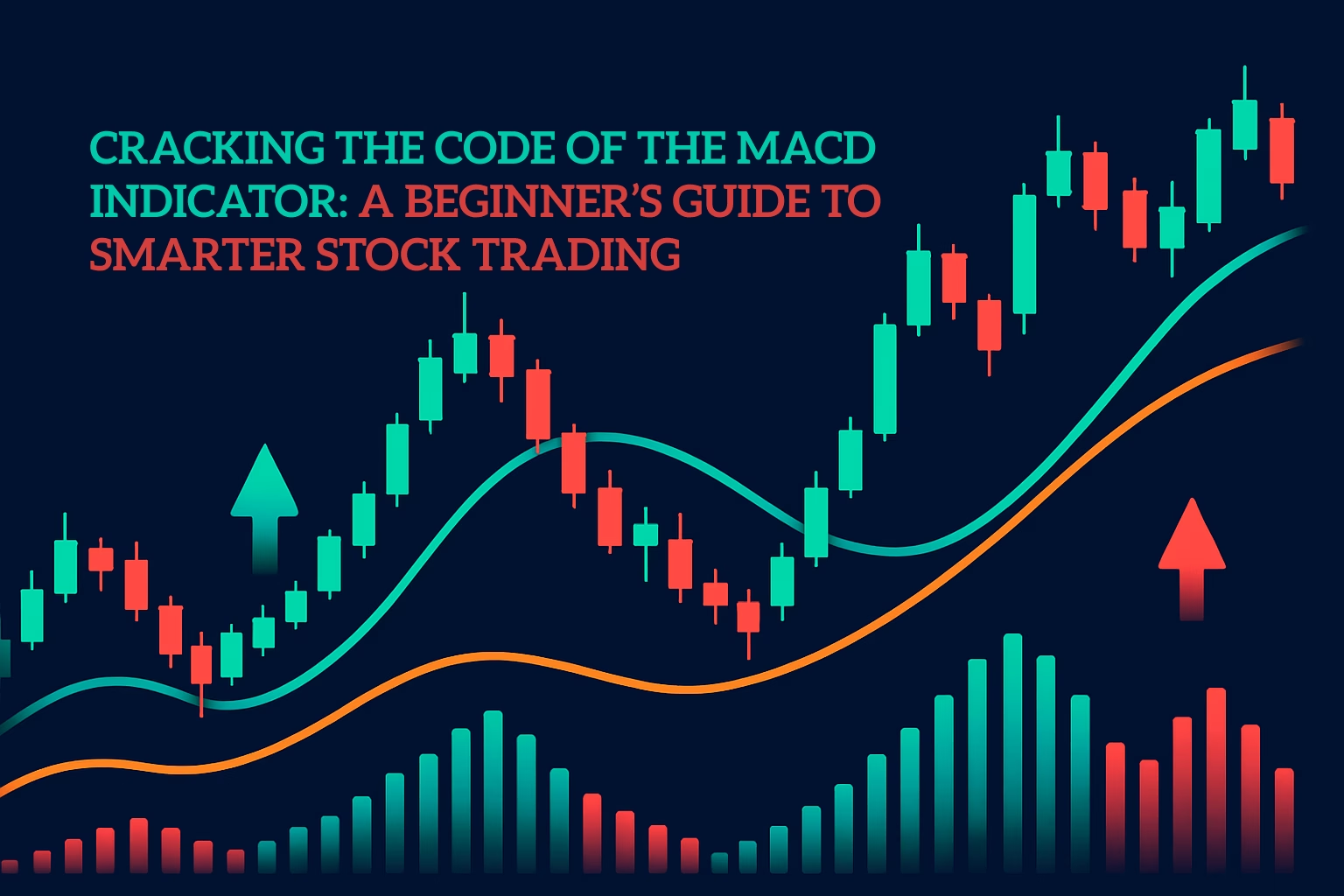Introduction:
Navigating the stock market can seem overwhelming at first, with its unique language and myriad technical terms. However, understanding the basics can make this vast world of trading fascinating and empower you to make informed investment decisions. Here’s a guide to basic stock market terms that every beginner should know.
Table of Contents
1. Stock:
Out of all the basic stock market terms the most important one is “stock”. Stocks or shares are financial instruments that show your ownership in a company. Buying a company’s stock means that you become a shareholder of that company and have a share in its assets and earnings (the money the company makes).
In simple terms, stock means:
- A share of ownership: When a company needs money to expand its business or raise funds, it raises funds from the public by issuing shares in the stock market. The people who buy these shares are called the “owners” or “shareholders” of that company.
- Benefits of company growth: When the company’s profits increase or its value increases, the value of your stock can also increase.
2. Exchange-Traded Fund (ETF):
The full form of ETF is Exchange-Traded Fund, and it is a financial instrument that trades on the stock market just like stocks, so you can buy and sell it on a stock exchange like a stock.

Features of ETF:
- Diversification: ETFs give exposure to a variety of stocks, indices, and bonds through a single investment. If you own an ETF, you are indirectly investing in many companies.
- Flexibility or Liquidity: ETFs can be traded just like stocks; you can buy or sell ETFs at any time during trading hours.
- Low Cost: Generally, ETFs have lower expense ratios (management fees) than mutual funds.
- Risk Management: ETF is diversified, reducing the risk of investing in a single stock.
For example, to gain full exposure to the Nifty 50, you can invest in a Nifty ETF. This exchange-traded fund includes a weighting of the top 50 companies that make up the Nifty 50 index. Therefore, if the price of the Nifty 50 index increases, the price of your ETF will also rise.
3. Stock Exchanges:
Another one of the most important basic stock market terms is “stock exchange”. A stock exchange is a marketplace where stocks are bought and sold. It is an organized platform that connects buyers and sellers so that shares can be easily traded. You can think of it as a “market”, but it happens online.
Functions of the Stock Exchanges:
A stock exchange ensures transparency and fair trading. When a company offers its shares to the public, i.e. IPO, it is listed on the stock exchange. After that, people can buy or sell shares of that company.
Stock Exchanges in India:
There are two stock exchanges in India:
- National Stock Exchange (NSE): It is the largest stock exchange in India. Its index is the Nifty 50, which tracks the top 50 companies in India.
- Bombay Stock Exchange (BSE): It is the oldest stock exchange in Asia. Its index is the Sensex, which tracks the 30 top companies in India.
4. Index:
A stock market index is a tool to measure the overall performance of the stock market. It tracks the performance of a selected group of stocks that helps determine the overall trend of the market.
In simple terms, if you consider the stock market as a fair and each stock is a stall in the fair, then look at some popular stalls (stocks of top companies) to see how successful the fair is. If their performance is good, the fair is also considered successful. Thus, the stock market index acts as a benchmark that gives an idea of the market trend.
Two popular indices of the Indian stock market are:
- Sensex: Its full form is the Stock Exchange Sensitive Index. It is composed of the stocks of the top 30 companies on the Bombay Stock Exchange (BSE) and tracks their performance. Sensex was launched in 1986 and is an old and reliable index.
- Nifty 50: Its full form is the National Stock Exchange Fifty. It is composed of the stocks of the top 50 companies on the National Stock Exchange (NSE) and tracks their performance. It is more diversified as it consists of 50 stocks.
Why is the Index Important?
It is one of the important basic stock market terms as it can tell the sentiment of the market: if the index is rising, it means the market is bullish (investors are confident). If it is falling, it means the market is bearish (investors are cautious).
5. Dividend:
One of the most important basic stock market terms is “dividend”. Dividends are a type of reward that a company gives to its shareholders when it makes a profit. A portion of its profits are then distributed to the shareholders and this is called a dividend.
Imagine that you are a shareholder of a company, which means you own a part of it. Therefore, when the company performs well and makes a profit, it wants to give a part of its profit to the shareholders.
How are dividends declared?
The board of directors of a company decides whether to declare a dividend or not through a meeting. Not every company pays dividends, as some companies reinvest their dividends back into the company.
6. Blue-Chip Stocks:
Blue-chip stocks are shares of large, established companies known for their strong financial performance, reliable reputation, and long-standing presence in the market as leaders in their sectors. Also, it is one of the basic stock market terms that everyone should know.
Key Features of the Blue-Chip Stocks:
- Stable Earning: Blue-chip companies make regular profits and pay dividends to their shareholders.
- Leadership in the Market: These companies hold the top position in their sectors, such as Tata Consultancy Services (TCS) in the IT sector, Reliance Industries in the Oil & Natural Gas sector, and HDFC Bank in the Banking sector.
- Low Risk, High Trust: Their stocks are relatively safe, investors trust them and choose them for long-term investments.
- Stability in Economy: Whether the market is in recession or inflation, bull or bear market, these companies maintain their position.
- Global Presence: Most blue-chip companies operate globally and their brand value is quite high.
7. Bull Market and Bear Market:
Two other basic stock market terms are ‘bull market’ and ‘bear market’. Both describe the market’s trend and investors’ sentiment.
Bull Market:
A bull market occurs when the stock price continues to rise and everything is going well in the market. This means the market is positive and people are investing with confidence. Investors are expecting the price to go up, so they are buying more.
The bull market is named after the word “bull” because when a bull attacks, it attacks by striking upwards – which is a symbol of upward movement.
Bear Market:
A bear market occurs when stock prices are continuously falling and nothing good is happening in the market. This means that the market is negative and investors are selling their shares in fear. They think that the price will fall further.
The bear market is named after the word “bear” because when a bear attacks, it strikes downward with its paws, which symbolizes downward movement.


8. Initial Public Offering (IPO):
The term IPO, one of the important basic stock market terms, stands for Initial Public Offering. It is the process by which a private company offers its shares to the public for the first time, enabling it to be listed on the stock market. A private company becomes available to the public through an IPO.
Imagine that a company wants to expand its business, but it does not have enough capital. To solve this problem, the company makes its shares available to the public and those who buy these shares become shareholders of that company. This process is called IPO.
How does an IPO work?
- Company Preparation: The company clears its financial records and determines the price and quantity of its shares in consultation with an investment bank.
- SEBI Approval: To launch an IPO, the company has to follow the rules of SEBI (Securities and Exchange Board of India) and get approval. A Red Herring Prospectus is a document that a company has to file with SEBI before going bringing IPO.
- Public Subscription: After the IPO, retail investors can apply for shares through their demat accounts and if the demand is high, shares are allotted through a lottery.
- Listing in the Stock Exchanges: After the IPO, the company’s shares are listed on a stock exchange (such as NSE or BSE) and retail investors can trade normally through their demat account.
9. Market Order and Limit Order:
There are two popular basic stock market terms which defines the ways to buy and sell stocks in the stock market: market orders and limit orders. Both are used in different situations.
Market Order:
A market order means that you want to buy or sell a share of a stock immediately at the Current Market Price (CMP) at that time. If you want to buy or sell a stock immediately, a market order is used.
For example, if you want to buy a share at ₹ 1000 and the CMP is ₹ 1000, you buy it with a market order, you will the same price (or close to it).
Limit Order:
Limit order means that you want to buy or sell a stock only when it comes to the specific price you have set.
For example, if the CMP of a stock is ₹100, and you think it would be right to buy it at ₹95, then you can place a limit order of ₹95. Your order will be executed only when the price of the stock falls to ₹95.
10. Market Capitalization:
Another one of the important basic stock market terms is Market capitalization, or market cap, which shows the total value of a company. It is calculated using the following formula:
Market cap = Current stock price × Total number of shares outstanding.
Let’s understand with an example:
Suppose a share of a company is priced at ₹1000, and a total of 10 lakh shares of that company are available in the market. Then the market cap of that company will be:
₹1000 × 10,00,000 = ₹100 crore
Stocks are generally divided into 3 categories based on market capitalization:
Large-Cap Stocks:
- They have a market cap of more than ₹20,000 crore.
- These companies are stable and well-established.
- Examples: Reliance Industries, Tata Consultancy Services (TCS), HDFC Bank, Infosys.
Mid-Cap Stocks:
- They have a market cap between ₹5,000 crore and ₹20,000 crore.
- These have growth potential but are somewhat risky.
- Example: Bharat Forge, Page Industries.
Small-Cap Stocks:
- They have a market cap of less than ₹5,000 crore.
- These are high-risk, high-reward companies.
Conclusion:
The stock market is a world that may appear complex at first, but if you understand the basic terms and concepts, it can become a powerful tool to achieve your financial goals and grow your wealth. Always remember that patience and knowledge are two fundamental pillars of success in the stock market. It is important to understand basic stock market terms like stocks, ETFs, market cap, dividends, market trends, and risk management, as they make your investment journey easier, more systematic, and more profitable.



